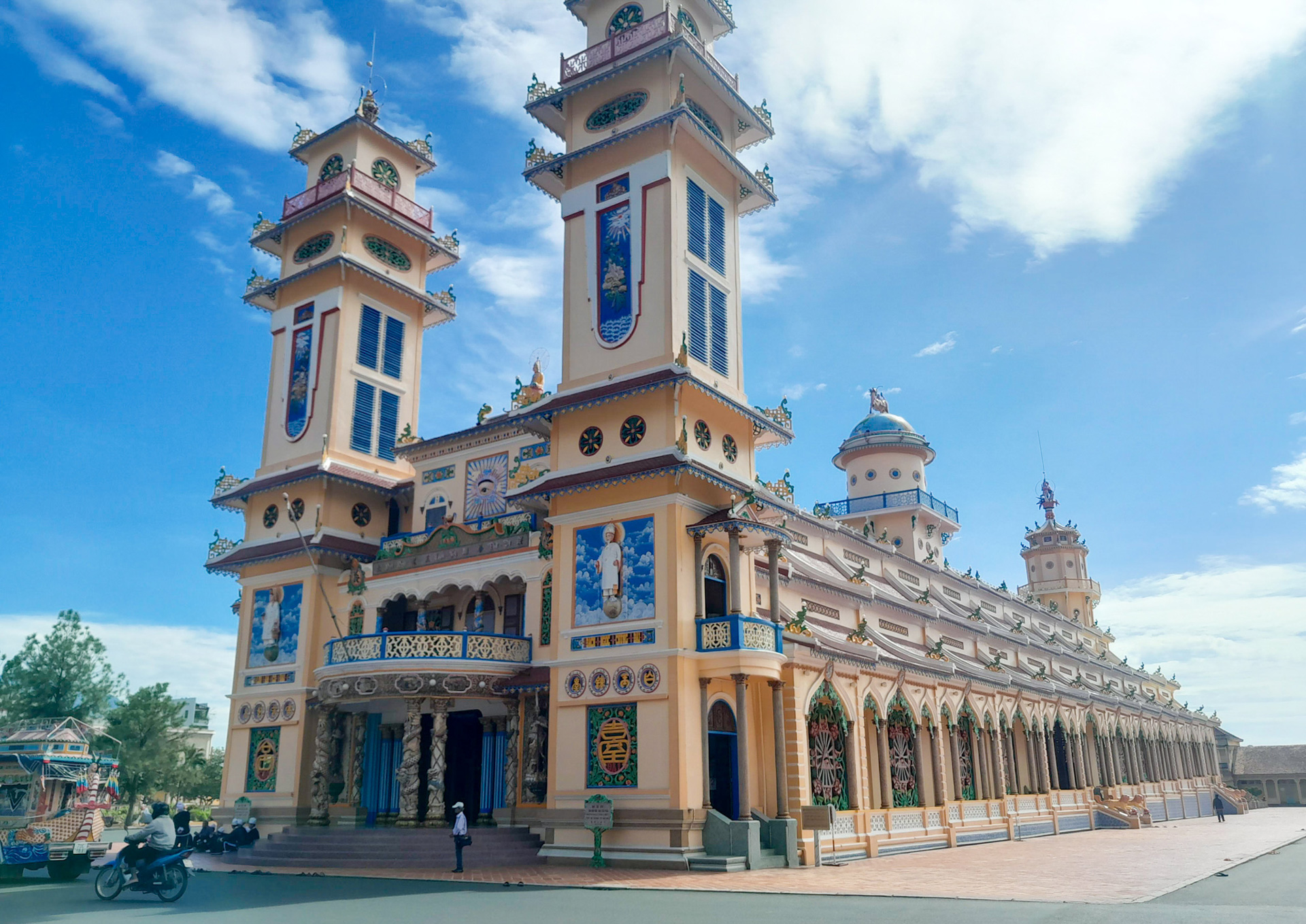 |
| Tay Ninh Holy See with unique spiritual architecture |
The Holy See of Tay Ninh is located in Hoa Thanh town, Tay Ninh province. In Caodaism, the full name of the Holy See of Tay Ninh is “The Holy See of the Third Universal Salvation” or “The Holy See of Cao Dai”. Caodaism combines the spirit of major religions such as Buddhism, Taoism, Confucianism and Christianity. In addition to worshiping the Divine Eye (a symbol of the eye of God), the religion also worships Buddha Shakyamuni, Jesus, Confucius, Lao Tzu, and Guanyin Bodhisattva…
According to local dignitaries, the idea of building the Holy See was conceived in 1926 when the Cao Dai religion was newly established at Go Ken Pagoda, Hoa Thanh Town. The original purpose was to create a temple for followers to gather and worship. The first group of Cao Dai scholars bought a 50-hectare plot of land from a French merchant in Long Thanh Village, Hoa Thanh, to begin construction. The Holy See began construction in 1931 and took more than 20 years to complete (from 1926 to 1947). Notably, this project was built mainly by the labor of followers, without any blueprints or support from any engineers. During the construction process, followers had to make a vow (not to marry) to ensure enough yin and yang for the project.
The Tay Ninh Holy See is nearly 100 m long, 22 m wide, 36 m high, and has a total area of over 2,000 m2. A dignitary here said: “The believers have taken advantage of all available materials such as bricks, stones, cement, and even broken bowls and plates to decorate the reliefs, pillars, and dragon statues. In particular, the pillars supporting the Holy See are reinforced with rattan and bamboo, along with concrete and steel. The window frames are decorated with lotus motifs supporting a frame of the Eye of Heaven, in the middle is an equilateral triangle surrounding the wall of the Great Hall.
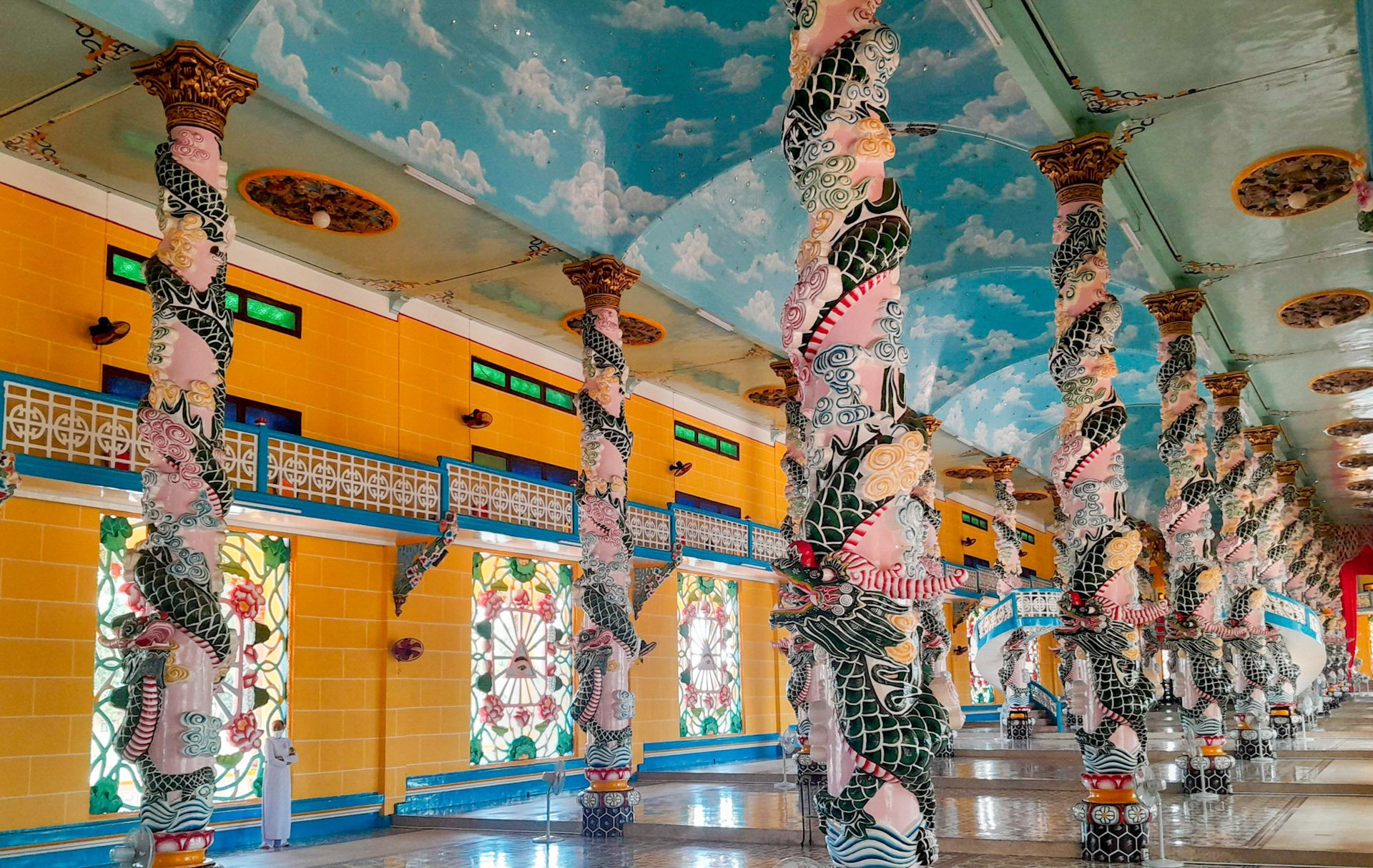 |
| The pillars supporting the Holy See are reinforced with bamboo and rattan, concrete, steel, and covered with broken pieces of bowls and plates. |
When it was inaugurated in 1955, the Holy See was divided into three parts from East to West, carrying many profound spiritual meanings. The first part is the Bagua Terrace, where Saints, Gods, Immortals, and Buddhas are worshiped. In the center of the Bagua Terrace is the altar of the Heavenly Eye, located on a cosmic globe with 3,027 stars. Below the Bagua Terrace is a cellar containing 6 urns of ashes of religious dignitaries who contributed to the founding of the religion. Next is the Cuu Trong Terrace, with 7 gilded red-lacquered chairs symbolizing the highest dignitaries of Cao Dai religion. Above the Cuu Trong Terrace is the Nghinh Phong Terrace roof. The roof of the Nghinh Phong Terrace has a Long Ma statue carrying the Ha Do made from many pieces of broken ceramic bowls and plates, an image symbolizing the development of religion from the East to the West. The Long Ma's head faces the East, meaning always looking towards the origin. The ceiling of the Holy See is decorated with 9 sky spaces of clouds and stars. The area surrounding the Holy See has 12 Tam Quan gates, carved with the four sacred animals (dragon, unicorn, turtle, phoenix) and lotus flowers, built in 3 different architectural styles. The main gate is Chanh Mon, the remaining 11 gates are numbered from 1 to 11. In addition to the main temple, in the Holy See campus, which is more than 1.2 km² wide, there are nearly 100 large and small architectural works such as: the Holy See, the administrative agencies of the religion, the Bao Thap... "The special thing is that although it only relies on human power, without any supporting equipment or construction design, since its completion, the project has remained very solid and durable. The Holy See has never been repaired but has only been repainted three times about 20 years apart," said a dignitary here.
Today, the Tay Ninh Holy See is one of the largest holy places of Caodaism, with more than 2.4 million followers, ranking 4th out of 16 religions recognized by the State. Every year, this place welcomes millions of visitors, especially during the great festival of Duc Chi Ton on the 9th of January and the Dieu Tri Palace Festival on the 15th of August. This is an opportunity for visitors to explore the mysterious beauty of this unique architectural work and learn more about the cultural, historical and spiritual values of Caodaism.
The Tay Ninh Holy See is not only the pride of Caodaism followers but also a symbol of the harmony between religions and the diverse cultures of Vietnam. This work vividly demonstrates the combination of religious spirit and architectural art, highlighting the mysterious and profound beauty of a land rich in tradition.
Source: https://baolamdong.vn/du-lich/202505/toa-thanh-tay-ninh-cong-trinh-kien-truc-tam-linh-doc-dao-1ed03a2/



![[Photo] Prime Minister Pham Minh Chinh attends the event "Digital transformation of the banking industry by 2025"](https://vphoto.vietnam.vn/thumb/1200x675/vietnam/resource/IMAGE/2025/5/29/0e34cc7261d74e26b7f87cadff763eae)



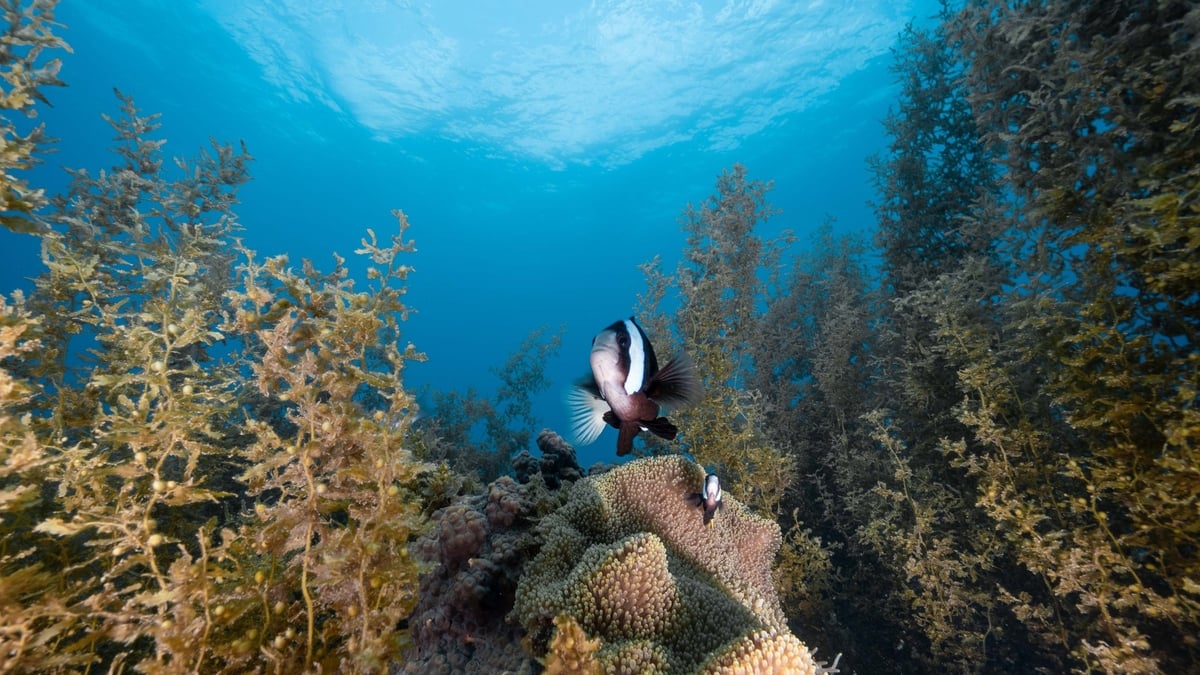






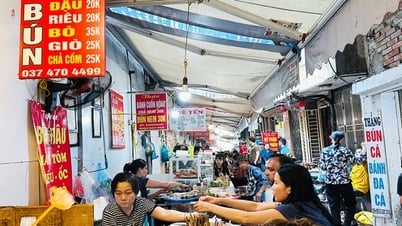









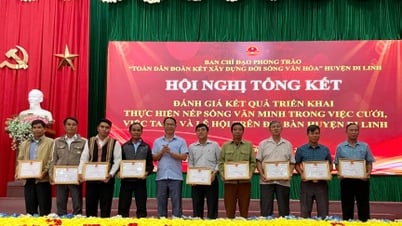
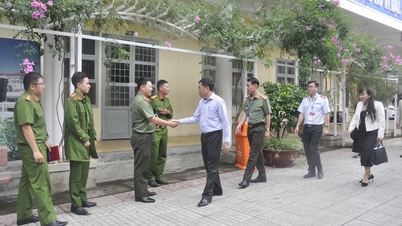
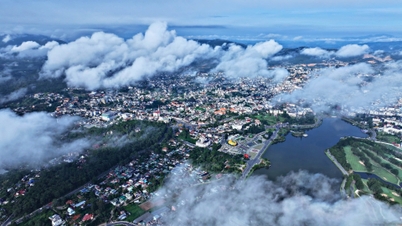

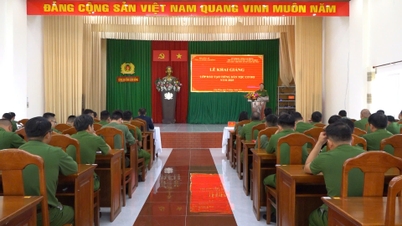
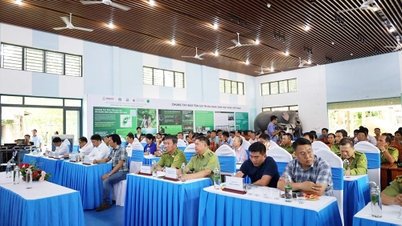
![[Photo] Prime Minister Pham Minh Chinh receives leaders of Excelerate Energy Group](https://vphoto.vietnam.vn/thumb/1200x675/vietnam/resource/IMAGE/2025/5/29/c1fbe073230443d0a5aae0bc264d07fe)






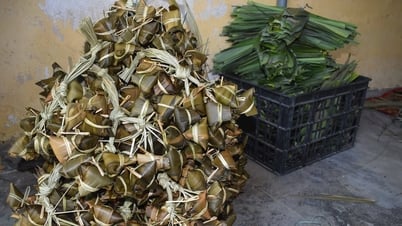

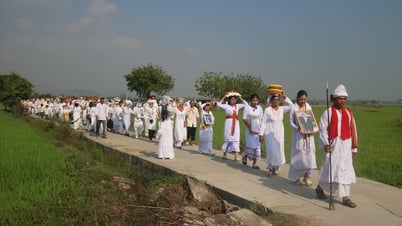

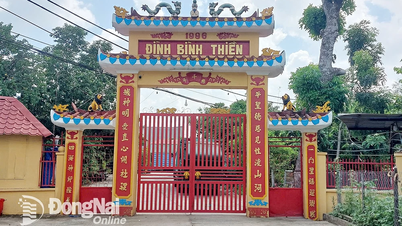








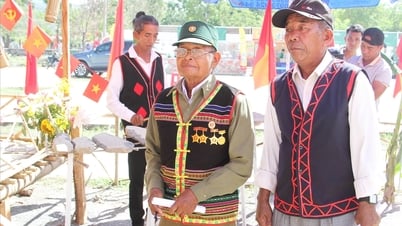
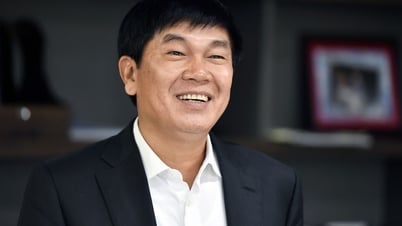



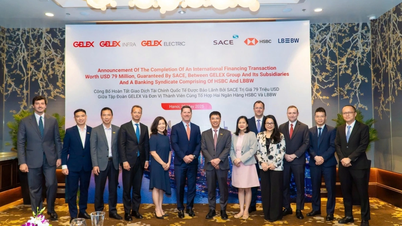













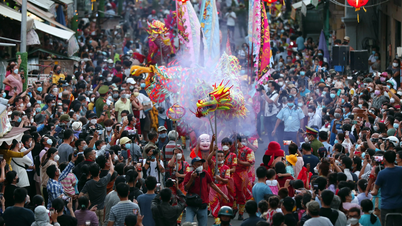




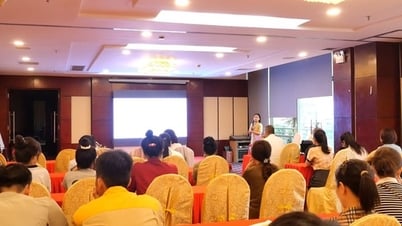
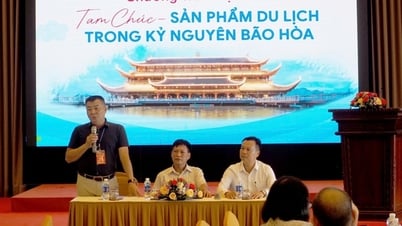
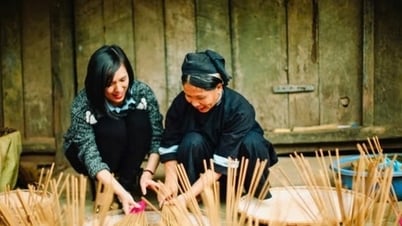
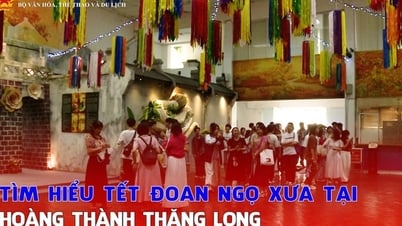
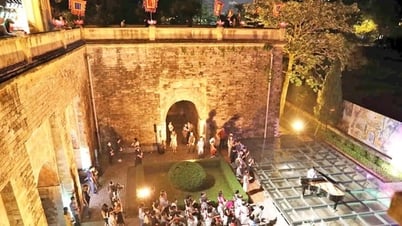







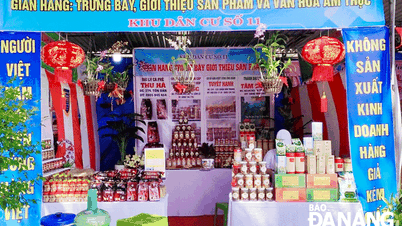

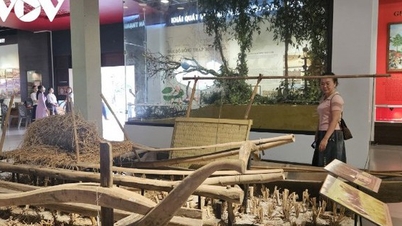





Comment (0)